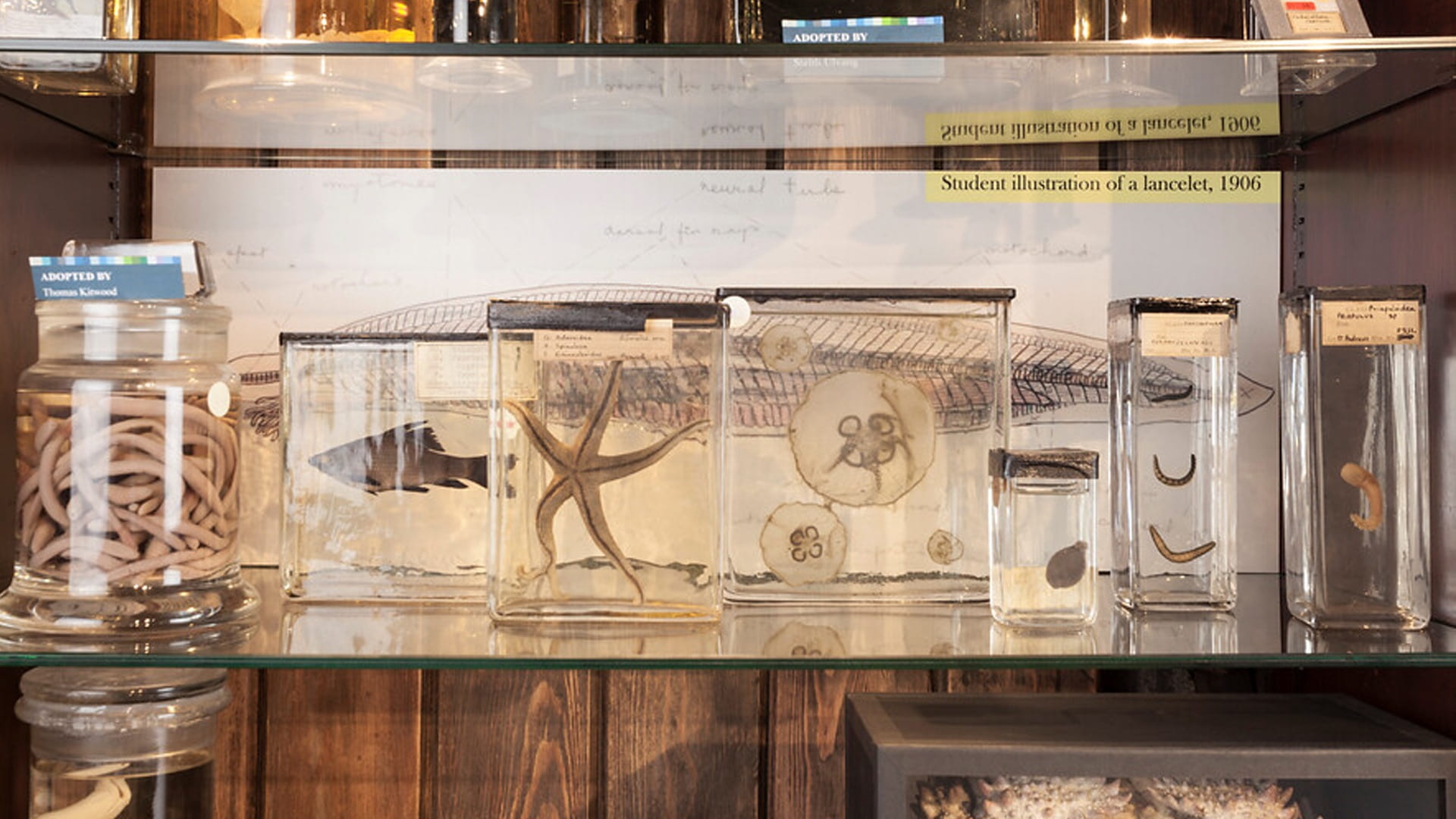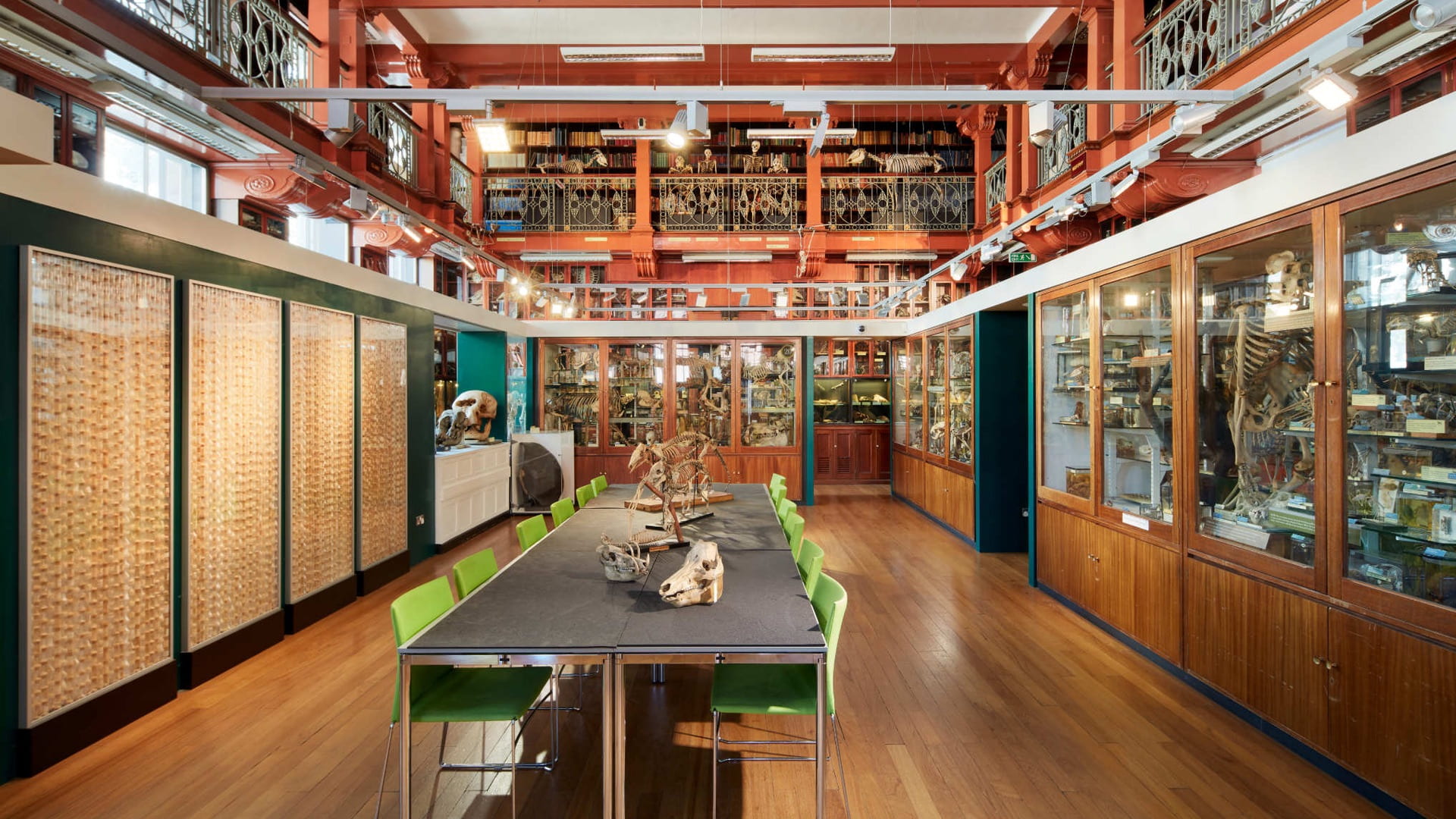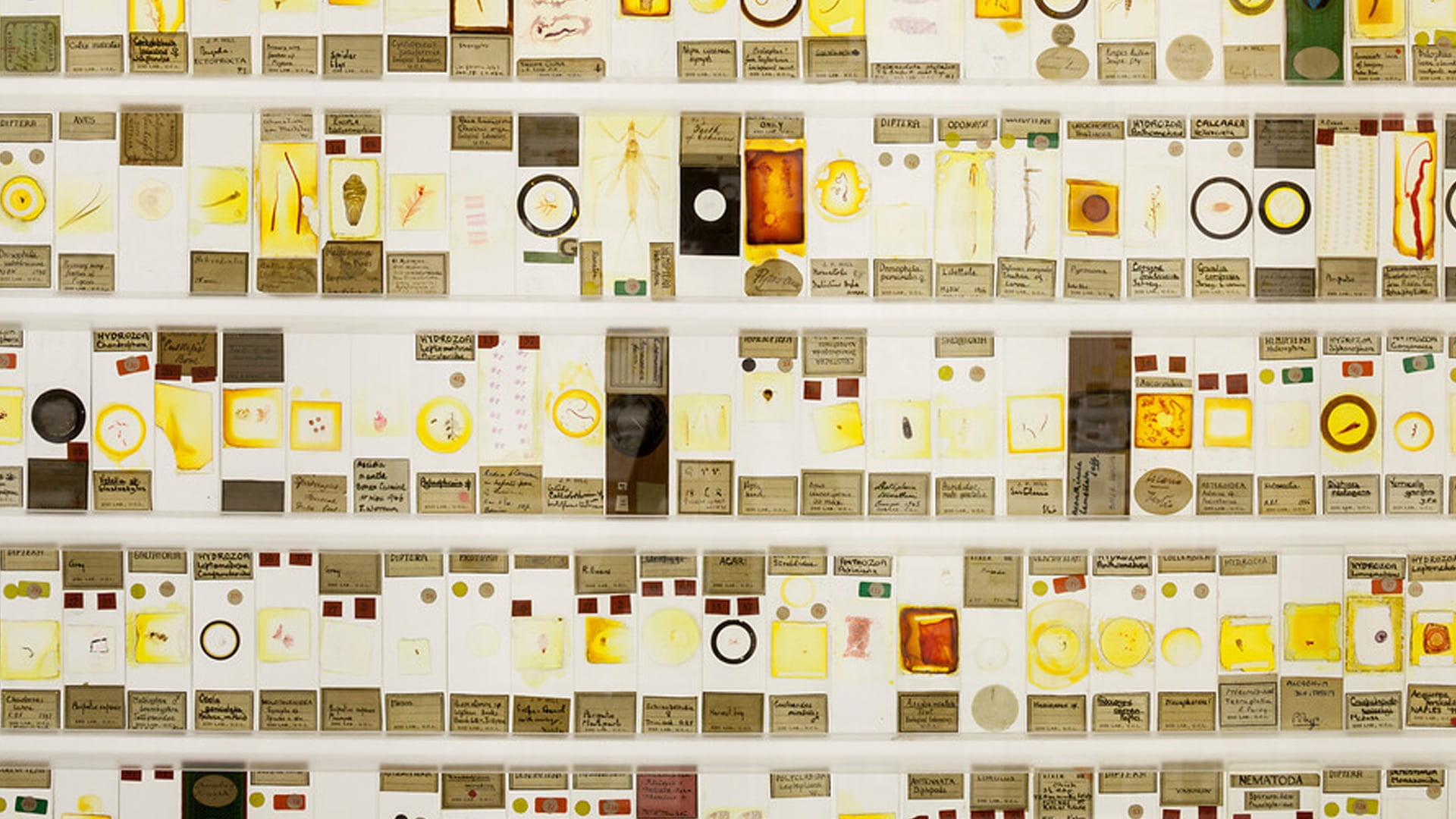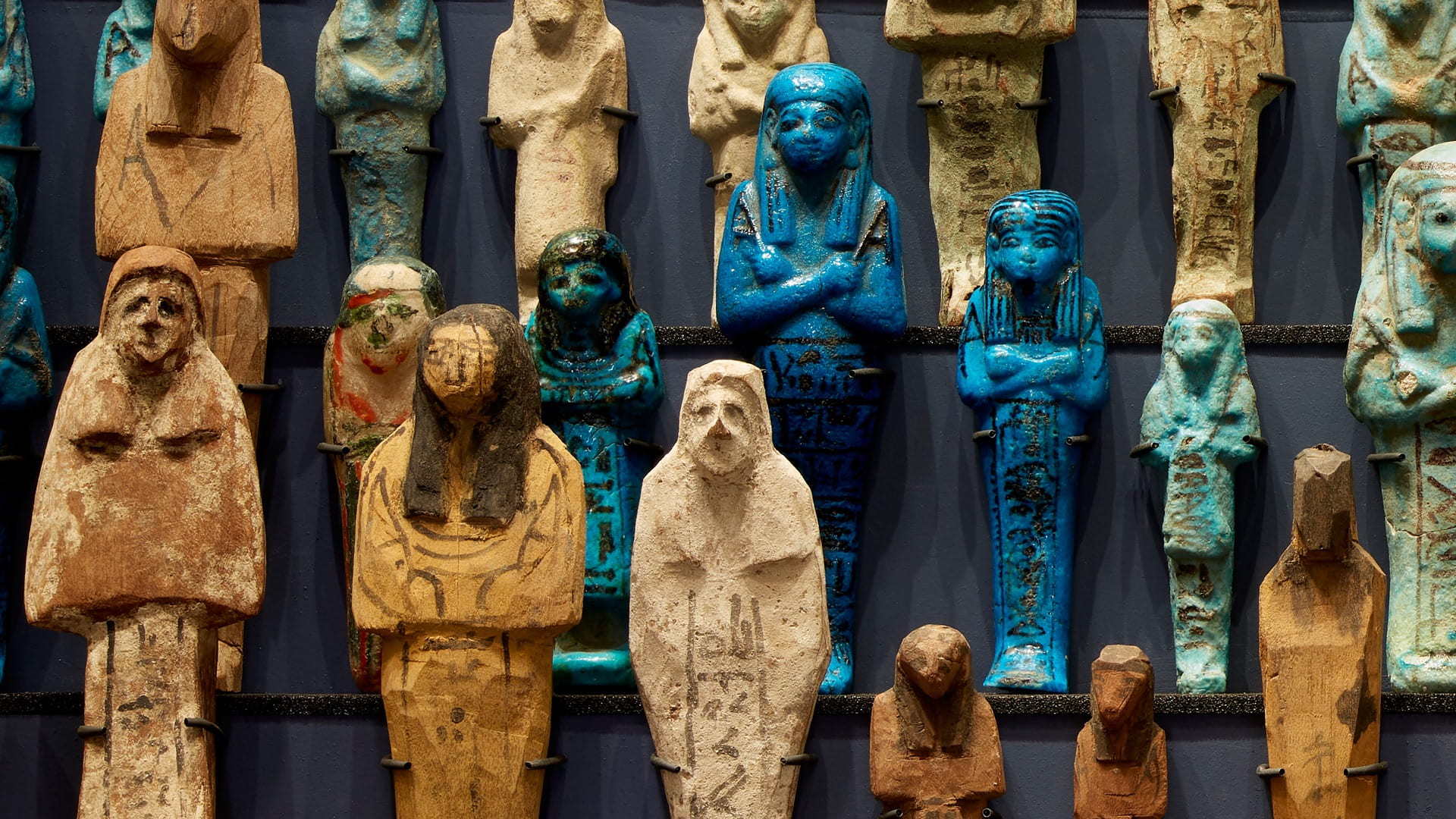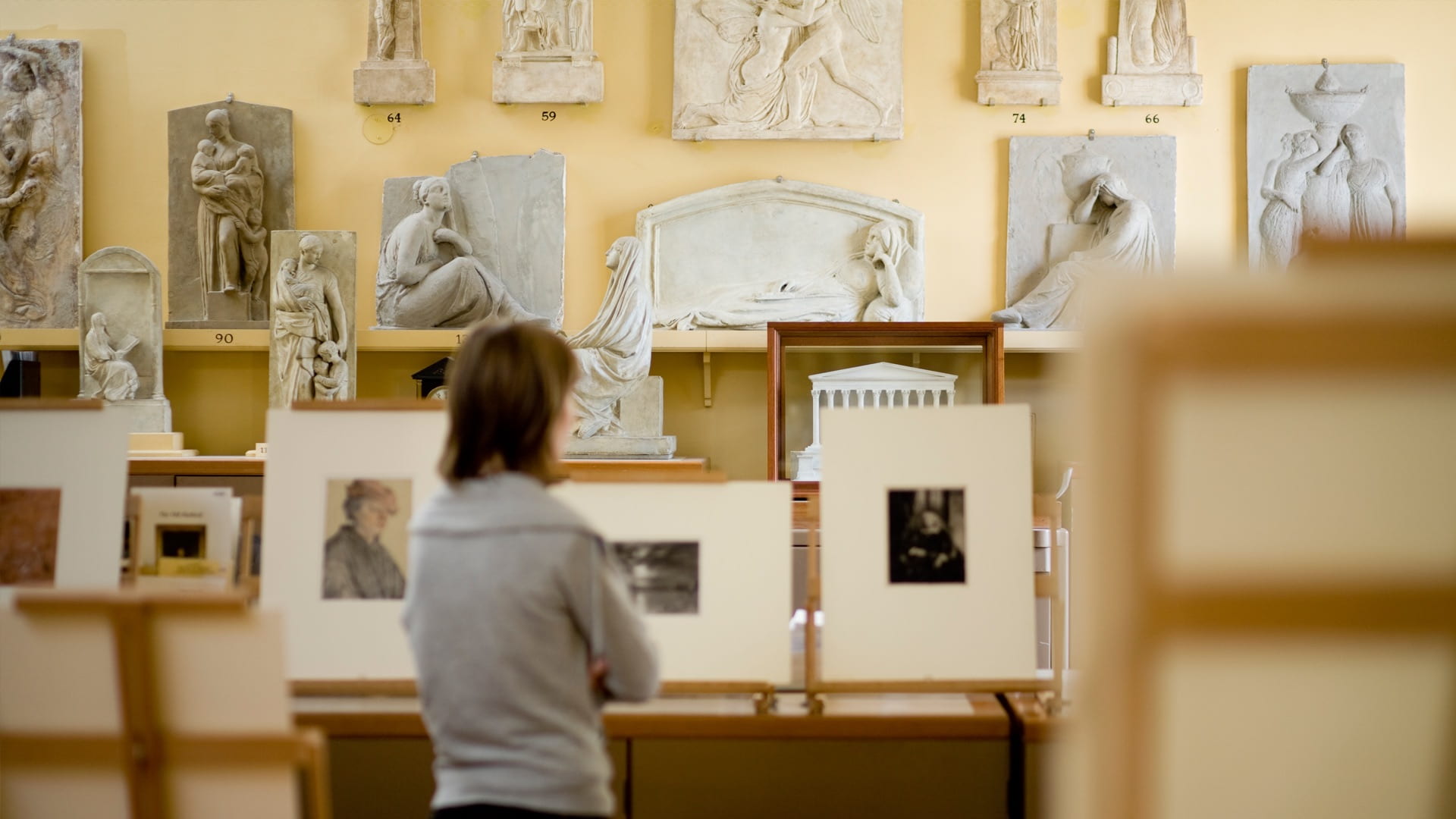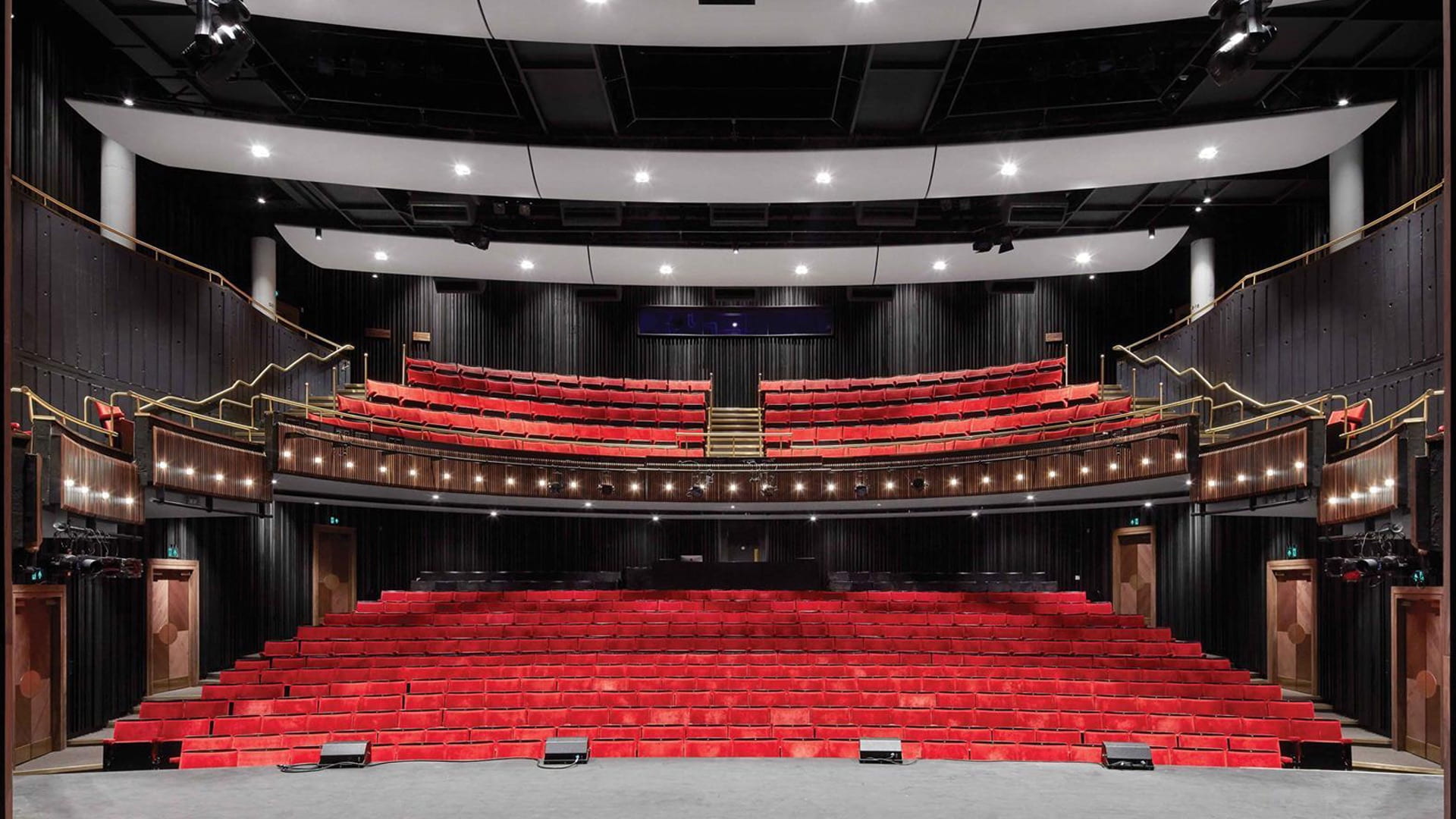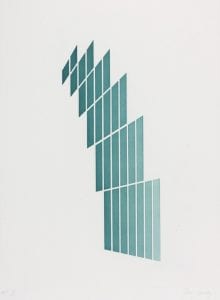Inspired by a most unusual 17th-century engraving, in this blog student Ethan Low (UCL Bachelor of Arts and Sciences) explores how haptic technology could help us understand what an artist felt at the time they created their work by recreating their sensory experiences.
For me, and I suspect many other people as well, interacting with an art piece is a process of finding peace. It is a private sanctuary, a quiet place, where you communicate with the artist on the themes of their work. A great deal of this communication is facilitated by knowing the contexts of artworks, in addition to the experiences and personalities of the artists, as told to us by curators.
But what if there is limited information about a certain artwork? Are there other means of opening up dialogues with works we know less about?
Enter Claude Mellan’s enigmatic masterpiece, The Face of Christ, also known as the Sudarium of Saint Veronica. The Face of Christ is a piece which rewards the inquisitive; viewed at a distance, it appears to no different from hundreds of other engravings from the 17th century. The imagery depicts the titular true face of Christ, which according to Christian myth, was imprinted on a sudarium, a sweat cloth for wiping the face, offered to Jesus by Saint Veronica.

The Face of Christ / Sudarium of Saint Veronica by Claude Mellan (1598-1688), UCL Art Museum
Upon closer viewing, I realized an astonishing fact; the entire image is formed by a single spiral line! Variations in line width convey the appropriate shadows in darker spaces much like the more well-known technique of cross hatching. This is complimented by the inscription below the image, which means “the unique one made by one / [like] no other”. Although some have suggested that Mellan was following in the contemporary tradition of creating representations of the sacred sudarium, (Raissis, 2014) not much else is known for certain about the work.


Detail of The Face of Christ by Claude Mellan (1598-1688), UCL Art Museum
Drawing from the concept of embodied knowledge in cognitive science, I am inclined to believe that the full depth of what Mellan felt and thought as captured in his mysterious line may be unlocked through the application of haptic technology (Low, 2020).
This was the primary subject of my Arts and Sciences Final Year Dissertation, supervised by Dr Kat Austen, the reason why I visited the UCL Art Museum early this year to meet with Dr Andrea Fredericksen, where I had my first encounter with The Face of Christ. The unique qualities and enigmatic nature of Mellan’s engraving were the primary reasons why I chose to use this artwork for the project.
Embodied knowledge refers to knowledge that is learnt and conveyed by the body, as an inseparable extension of the mind (Martínková, 2017). Neuroaesthetists Freedberg and Gallese (2007) take this further by suggesting that through embodied practices, we may be able to learn emotions felt by artists of the past.
Copying or mirroring the gestures used in the creation of artworks, they argue, could be a vehicle for us to empathize with long-dead artists. And if we think about it, this is not quite a crazy as it sounds; the motion and pattern of various marks or brushstrokes made by an artist is, after all, directly tied to their physical motion and what they were feeling when making the artwork.
Haptic technology, specifically capacitive touch sensors, was the tool I chose to allow a viewer to learn the gestures used in the creation of The Face of Christ. Haptic technology refers to any technology that can create an experience of touch by applying forces, vibrations, or motions to the user. You can find examples of haptic technology in every day life, including game controllers and joysticks.
Through an audio feedback loop, the device I designed takes in touch inputs from a viewer of the artwork and returns a religious-sounding choral soundtrack when the spiral gesture from the engraving is drawn correctly with a finger (Low, 2020). The spiral gesture was directly extracted from The Face of Christ with the help of a custom python script which made use of various image analysis libraries (Low, 2020).
https://www.youtube.com/watch?v=nOjTdU99aaM
Demonstration video of the artwork-viewer haptic interface (Low, 2020)
In this way, the device would teach you to trace the exact same line used by Mellan to draw the line of his masterpiece! There is still much to improve upon this very basic technology demonstrator, such as finding a way to convey pressure and associated line width, but the possibilities are certainly exciting. Like other tactile-based approaches to redesigning museum experiences, it is my hope that the technology will contribute to the ongoing effort to introduce more elements of touch and interactivity into exhibits and galleries (Howes, 2014).
Who knows, perhaps someday in the near future, we might even be able to mimic the stippling motion of Monet, or Pollock’s strong erratic strokes. The experience will probably not turn ordinary people into masters overnight, but it will bring us one step closer to seeing and, more importantly, feeling as they did.
References
Cherdieu, M., Palombi, O., Gerber, S., Troccaz, J. and Rochet-Capellan, A., 2017. Make Gestures to Learn: Reproducing Gestures Improves the Learning of Anatomical Knowledge More than Just Seeing Gestures. Frontiers in Psychology, [online] 8(1689).
Freedberg, D. and Gallese, V., 2007. Motion, emotion and empathy in esthetic experience. Trends in Cognitive Sciences, [online] 11(5), pp.197-203.
Howes, D., 2014. Introduction to Sensory Museology. The Senses and Society, [online] 9(3), pp.259-267.
Low, E., 2020. What Are The Possibilities Offered By Haptics In Enhancing Understanding Of Artworks? Developing A Prototype Artwork-Viewer Haptic Interface. Undergraduate. University College London.
Martínková, I., 2017. Body Ecology: Avoiding body–mind dualism. Loisir et Société / Society and Leisure, [online] 40(1), pp.101-112.
Raissis, P., 2014. The Veil Of Saint Veronica, 1649 By Claude Mellan. [online] Artgallery.nsw.gov.au.
Available at: www.artgallery.nsw.gov.au/collection/works/340.1997/?tab=about [Accessed 4 July 2020].
 Close
Close





